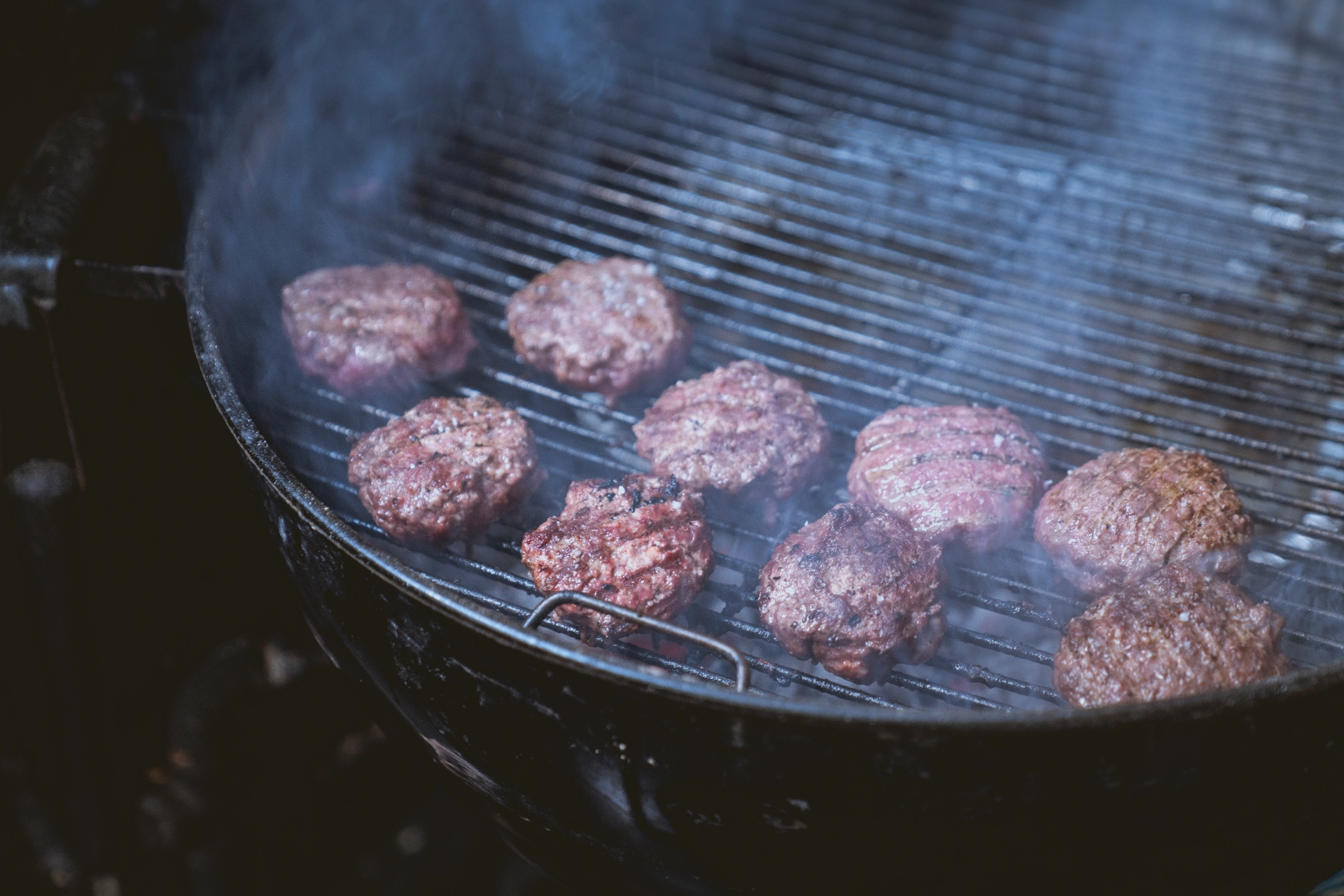In Switzerland, producing 1kg of beef emits an equivalent to 15kg CO<sub>2</sub>. That means eating a 250g beef steak contributes to almost 10% of the daily carbon footprint of a Swiss resident. So, reducing meat consumption or adopting a vegetarian diet significantly reduces our carbon footprint. A diverse vegetarian diet provides you with all essential nutrients.
However, if you are vegan, you need to supplement with vitamin B12 or eat enough vitamin B12 fortified foods. B12 is the only essential nutrient that cannot be absorbed sufficiently on a plant-based diet. Do we need meat alternatives then? Since Star Trek`s food generator (a machine creating food), the idea has been on some people`s minds. Growing food does not happen simply by pushing a button yet. But tissue engineering techniques -initially developed for medical treatments - are now being used to produce food. Synthetic meat could therefore offer an alternative to reduce our carbon footprint. What are the benefits? Could it contribute to reaching SDG 12 (Responsible Consumption and Production)?
In 1931, Winston Churchill declared: “Fifty years hence we shall escape the absurdity of growing a whole chicken in order to eat the breast or wing by growing these parts separately under a suitable medium.” It took a bit longer, but engineering muscle tissue to produce meat is now possible.
How is synthetic meat produced?
There are three possible methods, which can also be combined:
- Tissue engineering involves seeding a biodegradable scaffold with loose cells. The scaffold is then introduced into a bioreactor that provides nutrients and oxygen. The cells grow into the scaffold and take their shape, forming the desired organ. Muscle protein will then be produced and can be harvested.
- Use existing muscle tissue and cultivate them.
- Organ printing, which was originally developed to produce organs for transplantation. How does it work? As with a standard printer. Instead of ink, researchers place cells into substrates that act as paper. These substrates are removable and biodegradable. The printer organizes cells one layer at a time, ultimately creating a 3D organ. 3D printing is a powerful tool to engineer all types of meat and continuously adjust the meat's look, texture, and taste.
Current producers of synthetic meat start with tissue engineering and then introduce them to a bioreactor to reproduce the natural feeding process of the animals. The engineered animal tissues are then “fed” with nutrients and oxygen in a bioreactor. The last stage of production involves 3D printing, which helps adjust the meat's shape, texture, and taste. The product is then subject to safety and regulatory review.
What are the benefits?
For synthetic meat to replace actual meat, it needs to taste and have a similar texture to meat. The eating quality of meat is measured through its tenderness, juiciness and flavor. Tenderness is often seen as the most important. The taste of conventional meat is affected by the age of the meat, the structure of carbohydrates and by stress prior to slaughtering. During traditional meat production, slaughterhouses usually apply chemical treatment or mechanical stress to improve the tenderness of the meat. The dietary value of meat usually consists of a high content of saturated fatty acids and low unsaturated fat content. One advantage of synthetic meat is that you can adjust the flavor and fat content during the production process. Electrically induced exercise can replace stress prior to slaughtering to recreate the texture and form of meat.
 The production process enables adding any desired nutrient or vitamin to improve the dietary value of the meat. Synthetic beef enriched with vitamin C could for example become a common addition since it enhances vitamin C iron absorption. That would be a step towards reaching SDG 3 (Good Health and Well-Being), as we know that iron deficiency is the most common nutritional deficiency in the world.
The production process enables adding any desired nutrient or vitamin to improve the dietary value of the meat. Synthetic beef enriched with vitamin C could for example become a common addition since it enhances vitamin C iron absorption. That would be a step towards reaching SDG 3 (Good Health and Well-Being), as we know that iron deficiency is the most common nutritional deficiency in the world.
Synthetic meat can also provide huge benefits when compared to traditional meat production: very few natural resources are needed in the value chain. In addition, cultivated meat emits about 90% less CO<sub>2</sub> than the manufacturing of traditional meat. Synthetic meat reduces the spread of potential infectious diseases transmitted from animals to humans. The meat is produced in a sterile environment without growth hormone, GMO or antibiotics, which minimizes the risk of food-borne illness. In Singapore it is already possible to eat synthetic meat the US could follow suit in 2022. According to the first testers, there is little difference in taste.
But is synthetic meat really needed?
Synthetic food is unnatural, and this simple argument could be enough for many of us to reject it as a viable food source. However, humans are omnivorous by nature. Therefore, it would be easy to argue that vegetarianism or veganism are likewise unnatural. Arguing is not the point here. Wouldn’t it make sense to simply reduce our meat consumption?
If we directly buy from local producers, grow our own vegetables or continue eating organic meat and only on rare occasions, your lifestyle can be compatible with a 1.5°C scenario (provided you rather bike to your nearby farm instead of driving there!). This is explained by Edouard Davin, researcher at ETH Zurich, who co-authored the report GIEC Climate Change and Land in 2019: consuming up to 15kg of meat per person per year would still allow us to reach the 1.5°C climate target. In Switzerland that would mean 3 times less meat consumption than today. So, becoming flexitarian seems a valid option.